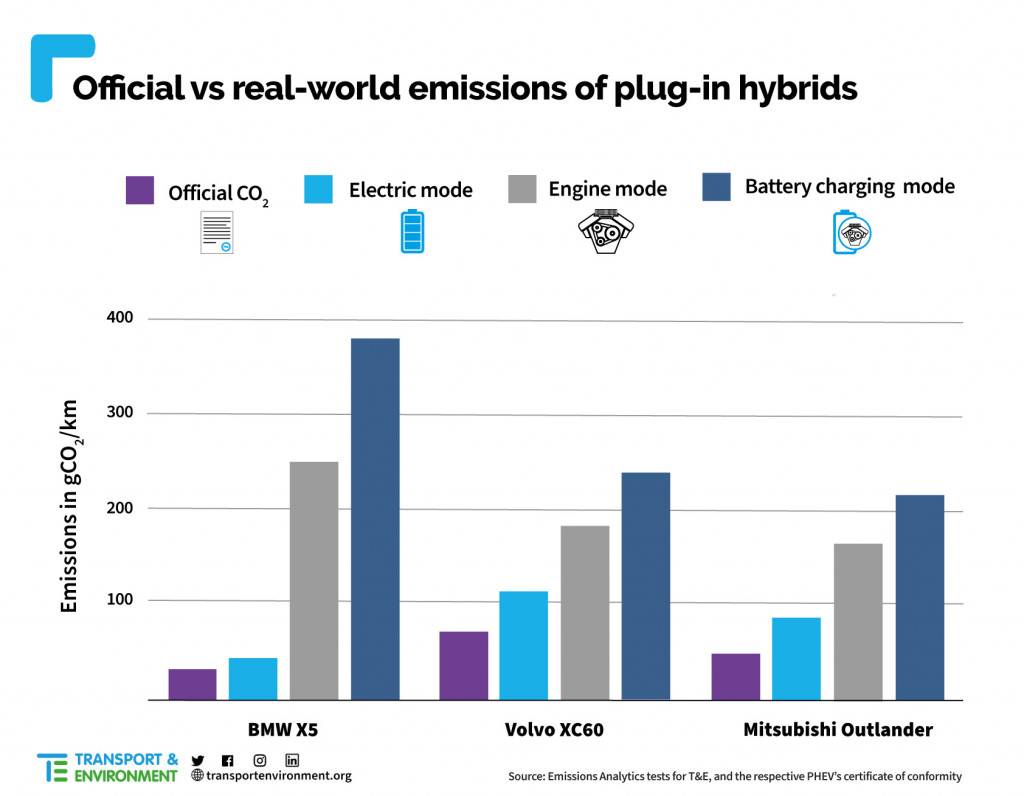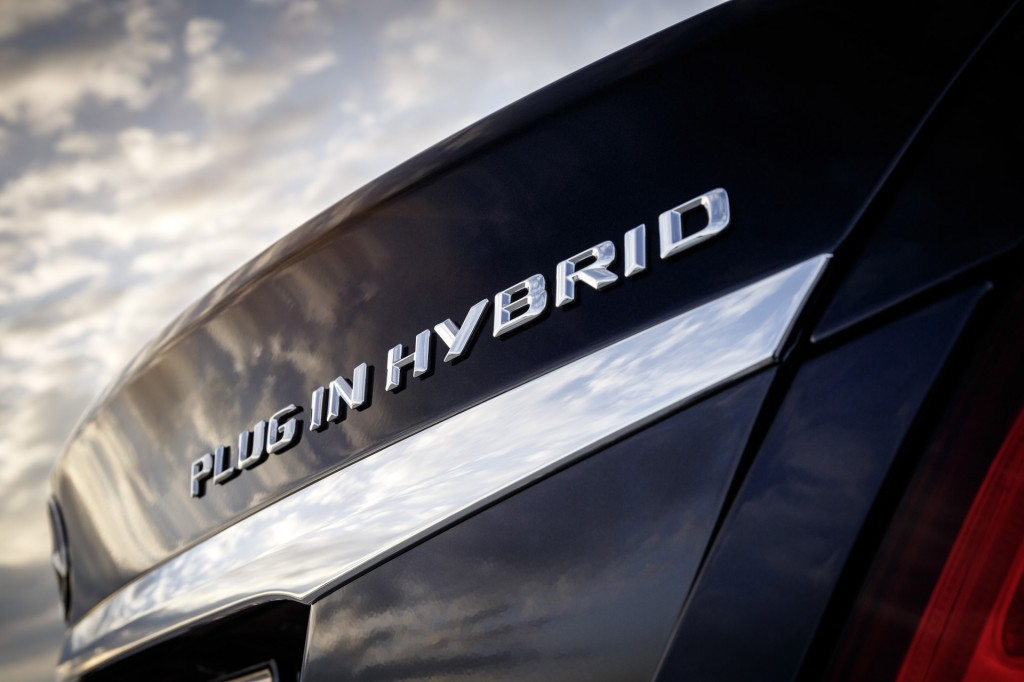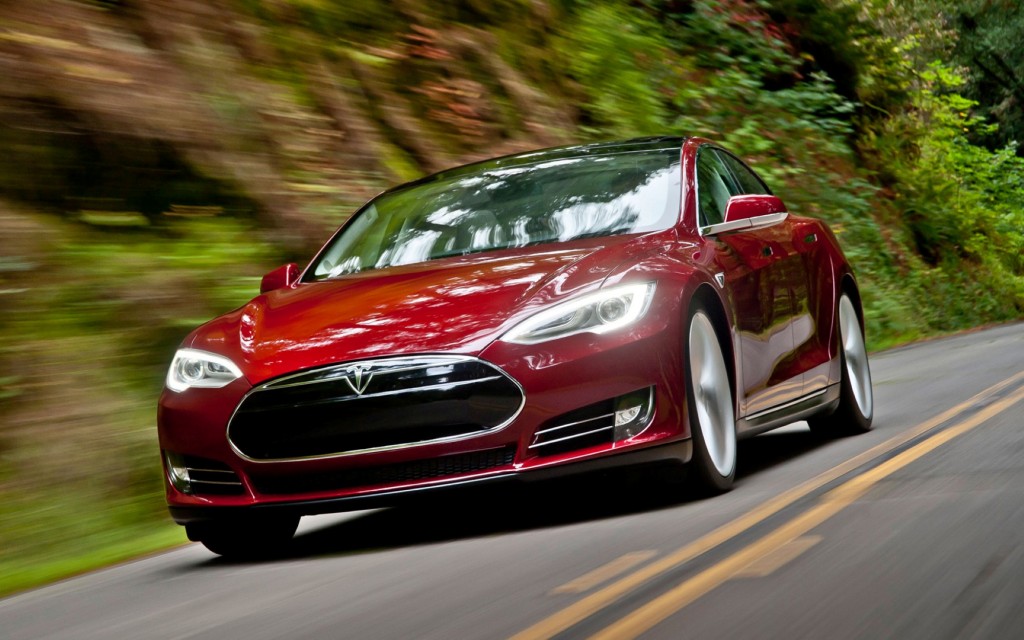Read The Full Article On: Greencarreports
Real-world emissions of plug-in hybrids on European roads are significantly higher than automakers claim, according to a report released earlier this month by the environmental group Transport & Environment.
While real-world emissions are always dependent on how often owners plug in, many plug-in hybrids “lack the necessary EV power, range, and charging speeds required to maximize electric use,” the group stated in a press release.
The group tested plug-in hybrid versions of the BMW X5, Mitsubishi Outlander, and Volvo XC60. Even under optimal conditions, all three emitted 28% to 29% more carbon dioxide than advertised, according to the report. With their internal-combustion engines running, emissions were comparable to or worse than equivalent gasoline or diesel cars.
The worst results were observed in battery-charge mode, where the engine is run to both provide propulsion and charge the battery pack. In this mode, cars emitted up to 12 times more CO2 than official figures, the report said.
That’s especially concerning, as it’s expected that many European cities will enact congestion charges based on vehicle emissions, incentivizing the use of battery-charge mode ahead of any trips to city centers.
Real-world emissions of plug-in hybrids (from Transport & Environment report)
A BMW spokesperson responded to T&E’s findings by telling the group that real-world emissions were dependent on usage. With regular charging, a plug-in hybrid would produce lower real-world emissions than an equivalent gasoline or diesel car, the spokesperson said.
But current plug-in hybrids make it difficult to emphasize electric driving, T&E said. The BMW X5 and Volvo XC60 plug-in hybrids aren’t available with DC fast charging, the group noted, while the Mitsubishi Outlander’s owner’s manual said the gasoline engine could kick on automatically under hard acceleration, or if the air conditioning is turned on. Only models with sufficient electric range, fast charging, and sufficient power in electric mode should be eligible for purchase subsidies and tax breaks, the group concluded.
While these results are based on the European WLTP standard, the United States EPA standard could be equally misleading, as it uses the same “miles per gallon equivalent (MPGe)” figure intended for electric cars alongside conventional mpg. Customers could easily see the MPGe figure and assume that’s what they will get, even though it’s based on all-electric driving.
2016 Mercedes-Benz C350 Plug-In Hybrid
Potential variability in real-world emissions might be why, as far back as 2015, insiders questioned the German auto industry’s push for plug-in hybrids rather than electric cars. It’s been a way for German automakers to make their bread-and-butter luxury cars greener without undertaking an abrupt shift to electric cars.
Selling both does make sense (although with plenty of long-range EVs it’s making less sense every month), and plug-in hybrids do have some big positives associated with ownership and smart use of modes. Consumer Reports found that they’re more reliable over the long term than either all-electric cars or non-hybrids.

